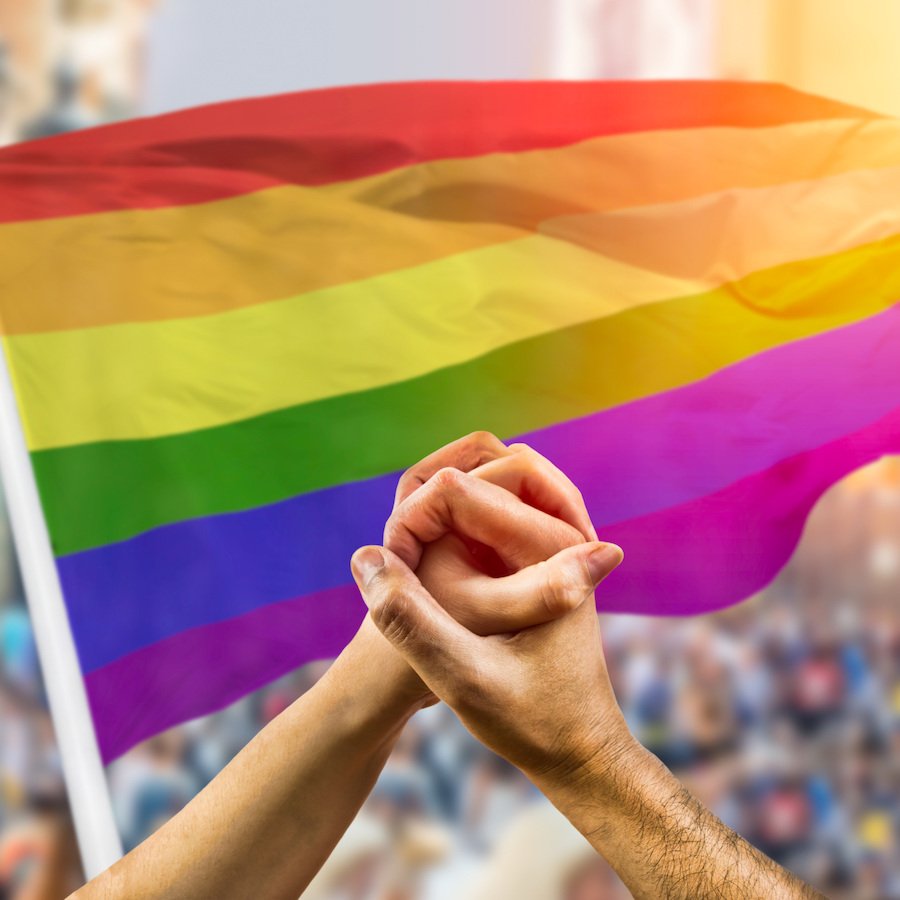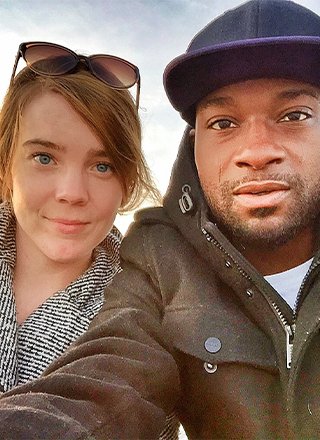Sincerely Held: American Secularism and Its Believers by Charles McCrary, The University of Chicago Press, 300 pp.
By Margaret Hamm
In recent years, the idea of the “sincerely held belief” has loomed especially large in First Amendment jurisprudence. From giving corporations permission to refuse contraception coverage in Burwell v. Hobby Lobby to leaning toward allowing a conservative Christian baker to deny service to a same-sex couple in Masterpiece Cakeshop v. Colorado Civil Rights Commission, the Supreme Court has trafficked both implicitly and explicitly in the dynamics of sincerely held belief. Even in the legal era of COVID, the optics of sincerity have persisted through court cases about religious exemptions from regulations on gathering sizes and later, religious exemptions from vaccination requirements.
How did this idea of the sincerely held belief become so pervasive in the first place? And why does it continue to appear so frequently within the landscape of American religion and law?
In Sincerely Held: American Secularism and Its Believers, Charles McCrary answers these questions in a comprehensive, thought-provoking way as he deftly narrates and investigates the history and origins of sincerely held belief in American life.
Moving chronologically over the span of eight chapters, McCrary outlines the development of sincerely held belief within the context of truth, secularism and religious freedom by employing a diverse array of historical, literary and legal sources. In doing so, he argues that the figure of the sincerely held religious believer is a highly racialized, gendered secular subject. Explained within the framework of religious freedom, this means that through the construction of sincerely held belief, a stark boundary is set between what can be deemed religious and what cannot be deemed religious. Ultimately, what can be deemed religious in the eyes of the American legal system is speech and action that conforms to a narrow category shaped by Protestantism, white supremacy, colonialism and heteropatriarchy, and enforced by methods of secular governance, regulation and surveillance.
The book begins with an analysis of several 19th-century developments, including an examination of Anthony Comstock’s New York Society for the Suppression of Vice and the tracking of early 20th-century court cases involving spiritualism and fortune-telling bans. Through deep dives into the particular details of these subjects, the first three sections of the book lend crucial theoretical context to the narrative that follows.
Historical implications for America’s modern conception of sincerely held belief fully take shape in chapters four, five and six, which discuss the 20th-century conscientious objector cases. In this section of the book, readers can more explicitly trace the development of sincerely held belief as the precursor to its current state in First Amendment jurisprudence. During this period, conscientious objector cases like United States v. Seeger and Welsh v. United States produced a highly individualized, yet paradoxically standardized, process through which those seeking conscientious objector status had to present and perform their religious beliefs in an intensely specific way. This process further reified an understanding of sincerely held religious belief that was largely formed by, and was basically only hospitable to, white Protestant men.
The effects of sincerely held belief as shaped by the conscientious objector cases are borne in chapter seven, which recounts the federal court system’s denial of religious accommodations for Frank Africa, a member of MOVE, “a group of mostly Black people in Philadelphia who followed the teachings of John Africa.”
Breaking down the legal system’s conclusion that Africa was not religious, even though his beliefs were sincere, McCrary comes to the conclusion that “secular governance enforces secular ideology, and the Protestant secular is enmeshed in whiteness. Resisting whiteness and coloniality often is resistance of secularity. And religious freedom is awarded to secular subjects who translate their religiosity into secular registers through sincere affects.” Because Africa and other MOVE people could not, and did not want to, conform to this definition of “religious” due to the inherent anti-Blackness of sincere belief’s legal construction, their own beliefs were not translatable into what narrowly counted as religious.
Bringing the discussion close to the present day, McCrary concludes with a brief look at the culture wars of the late 20th and early 21st centuries. Exploring the concept of sincerely held belief in light of legal and political developments around reproductive freedom and LGBTQ rights, this chapter charts the metamorphosis of sincerely held belief in the wake of the Religious Freedom Restoration Act. During this period, conceptions of religious freedom and sincerely held belief became less of a strictly legal phenomenon and gained wider usage in the American cultural lexicon, taking on new and layered meanings.
While McCrary makes certain arguments throughout the book that are geared toward, and will make the most sense to, scholars in his own and related fields, Sincerely Held still provides many important insights that are accessible to a broader audience. For example, the book’s epilogue includes a call to reimagine and transform the meaning of sincerity.
“Sincerity could bring us together,” McCrary writes. “It is, or could be, a democratic and communal way of thinking, feeling and writing with others. Sincerity is a public ethic; the point is to be true to others.” By engaging critically with others, it might be possible to recover sincerity from the polarizing grasp of sincerely held belief.
If the Supreme Court’s most recent docket – filled with questions related to school prayer and access to religious advisers while on death row, among others – is any indication, discourse surrounding what counts as a sincerely held belief will continue to dominate the legal sphere. As people strongly committed to a vision of religious freedom that is inclusive of everyone, we should take note of McCrary’s call to interrogate this current legal framework and deconstruct, or at the very least, reexamine, our understanding of religious freedom. Envisioning a truly successful church-state separation movement requires us to recognize the biases and prejudices that our current conception of religious freedom presents and subsequently, strive to rise above them.
Margaret Hamm currently serves as a research associate for the Empathy and the Religious “Enemy” project. She holds a Master of Theological Studies from Harvard Divinity School and a B.A. in comparative religion and political science from Miami University in Oxford, Ohio.


